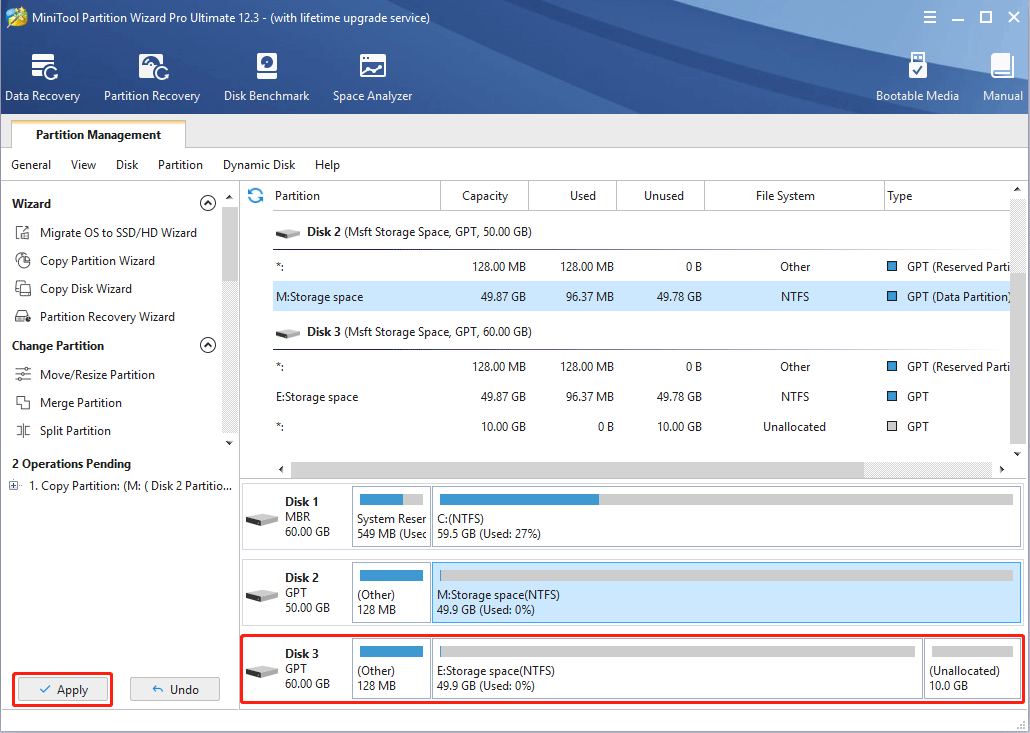

Integration with the Storage Spaces feature: when used in conjunction with a mirror or parity space, ReFS can automatically repair the detected corruptions using the alternative copy of the data provided by Storage Spaces.Integrity-stream: ReFS uses checksums for metadata and optionally for file data, allowing ReFS to reliably detect file system corruption.ReFS introduces new features that can accurately detect corruption and even correct such corruption while remaining online, helping to provide greater data integrity and availability: Here are some of the key benefits of the ReFS file system: We will see what are the main advantages of using this file system, and when to use it. To get into the practical, it should be noted that on all the latest Windows operating systems, especially on servers, we can easily create ReFS formatted drives and partitions. See also: Drive image backup and Disk Cloning (P2V) of NTFS and ReFS drives with IperiusĬompared to NTFS, ReFS introduces key features to improve resilience to data corruption, performance and scalability. Since its first release, other important features have been introduced, especially with Windows Server 2016 and Windows Server 2019. ReFS was introduced with Windows Server 2012, then also brought to Windows 8 and the latest versions of Windows 10.

ReFS was designed to cope with the new data growth scenarios and as a basis for future innovations. The ReFS file system (Resilient File System) is the Microsoft latest file system, designed to optimize data availability, efficiently manage scalability for large amounts of data, and to ensure data integrity through so-called “resilience” to file corruption.


 0 kommentar(er)
0 kommentar(er)
